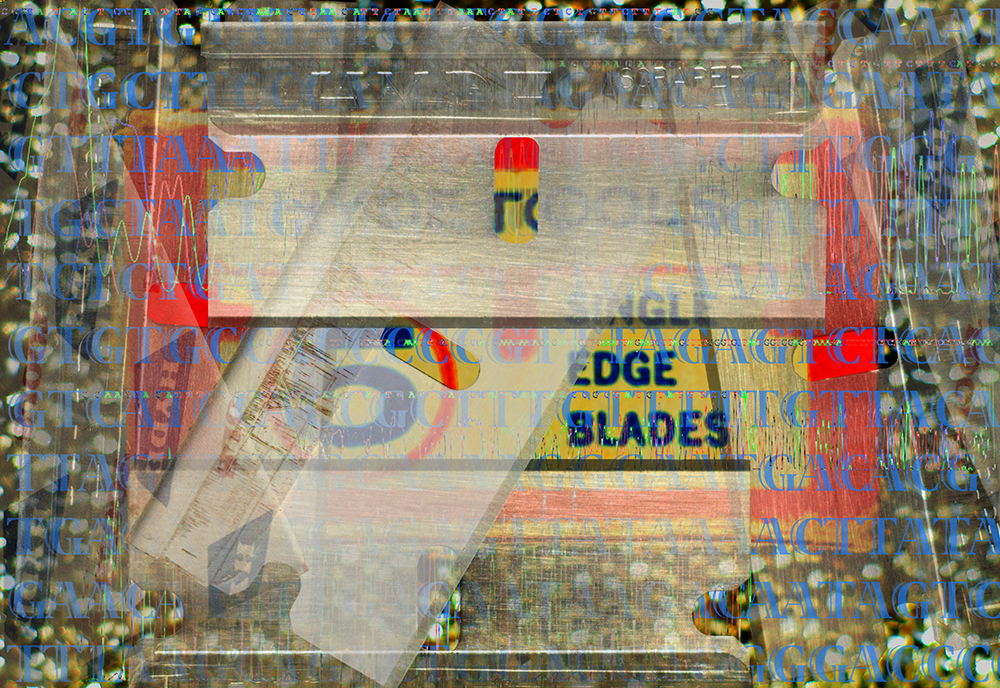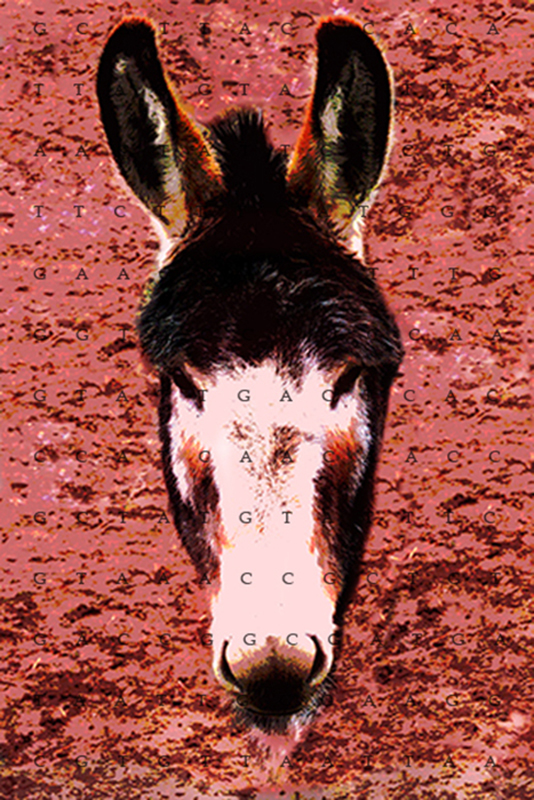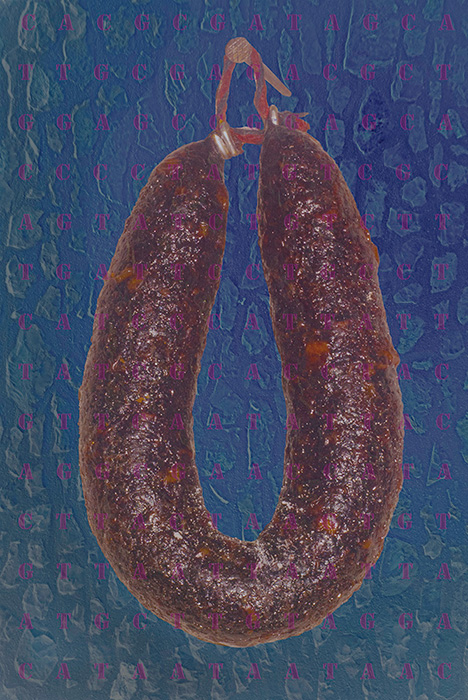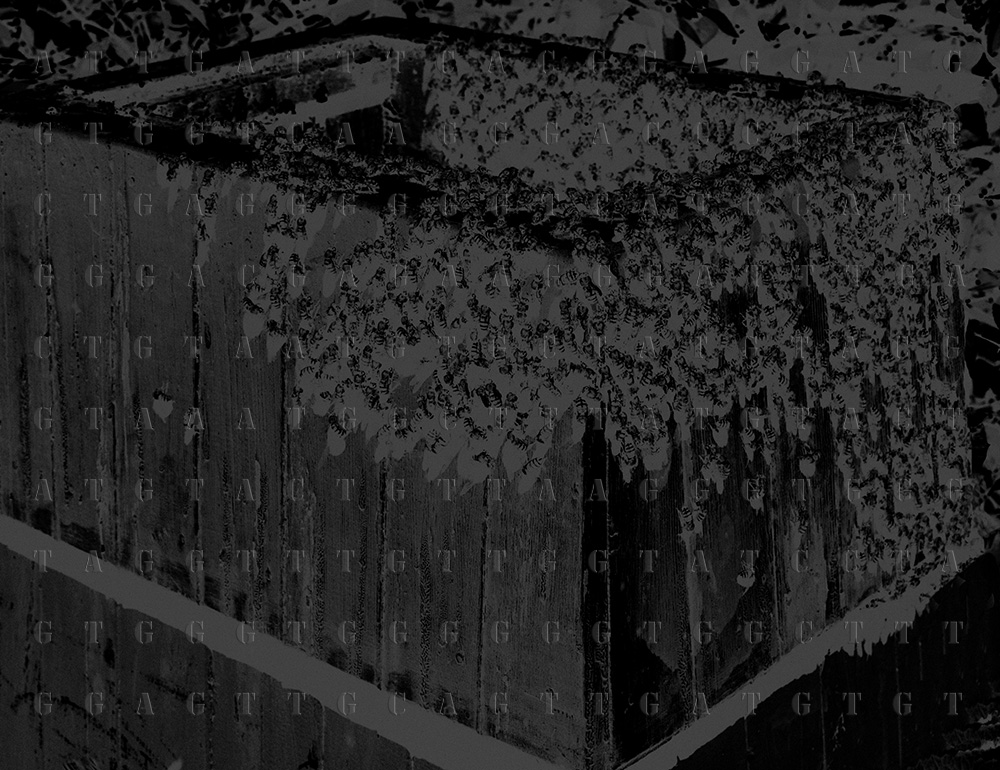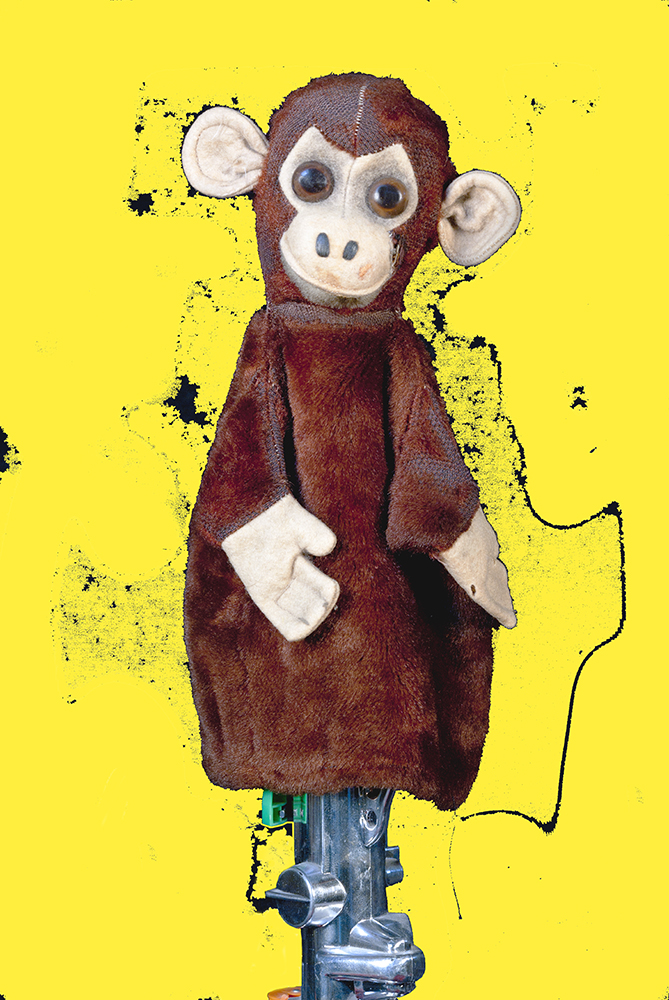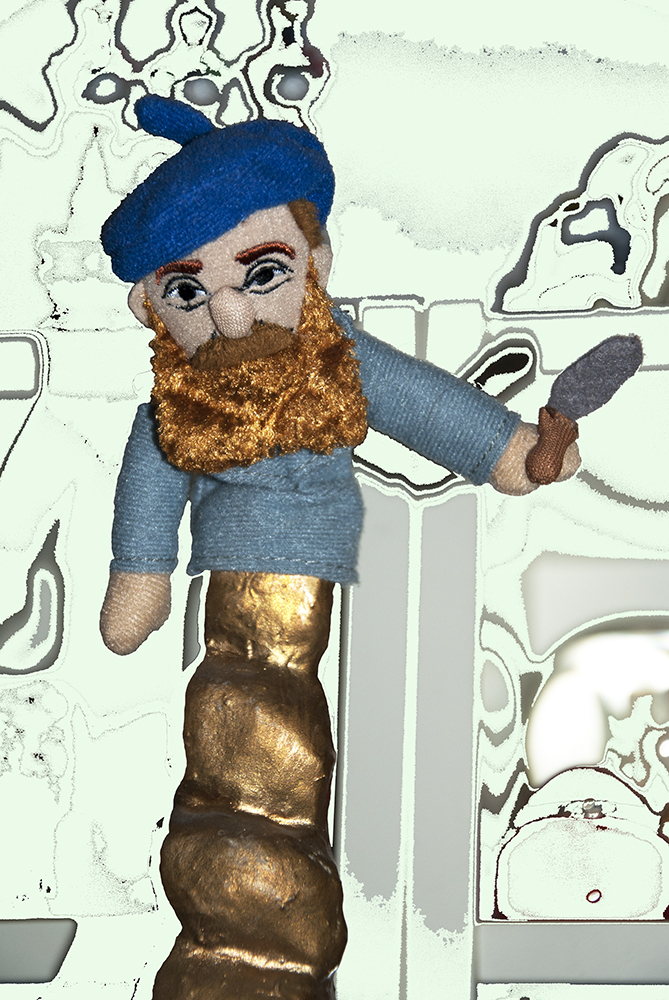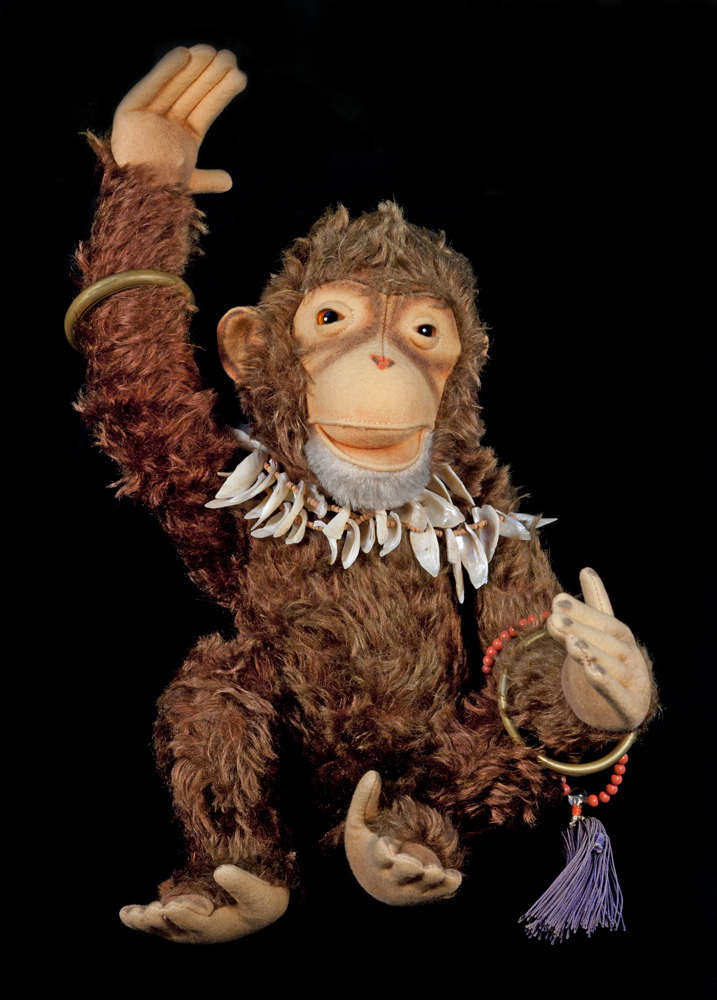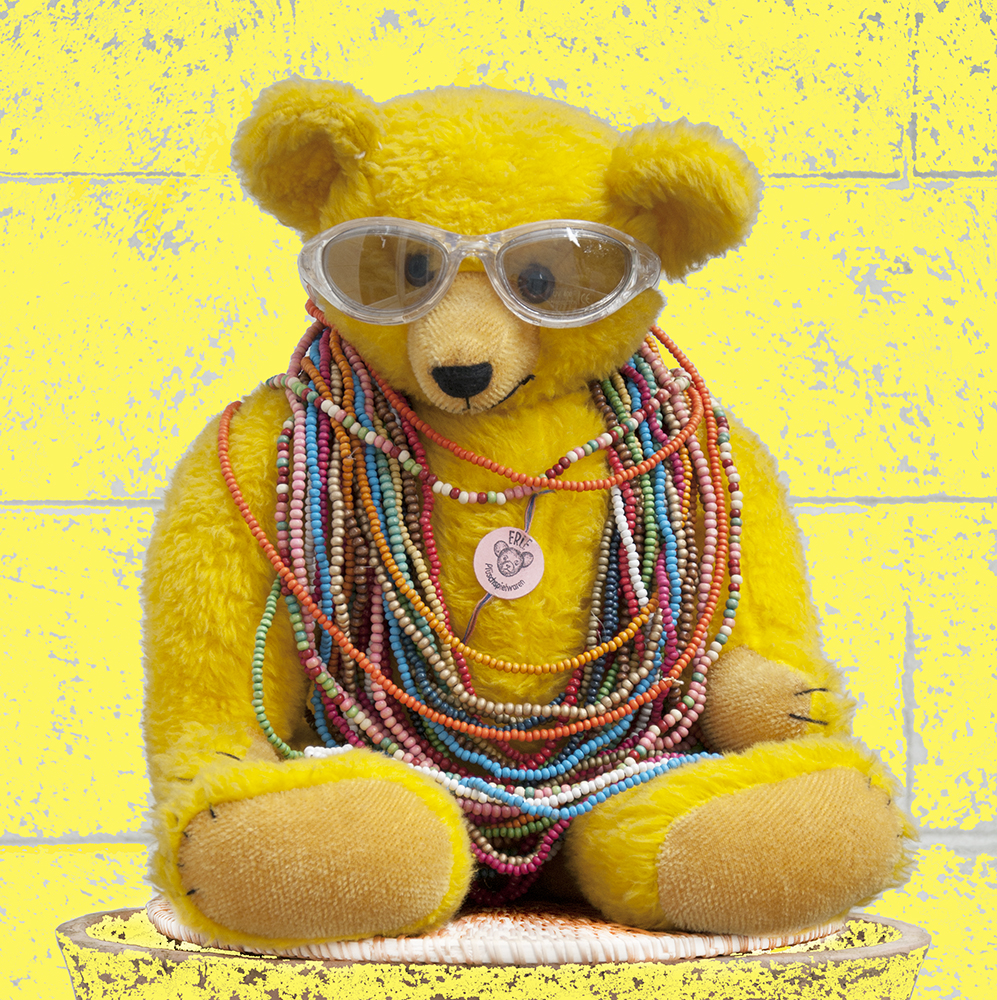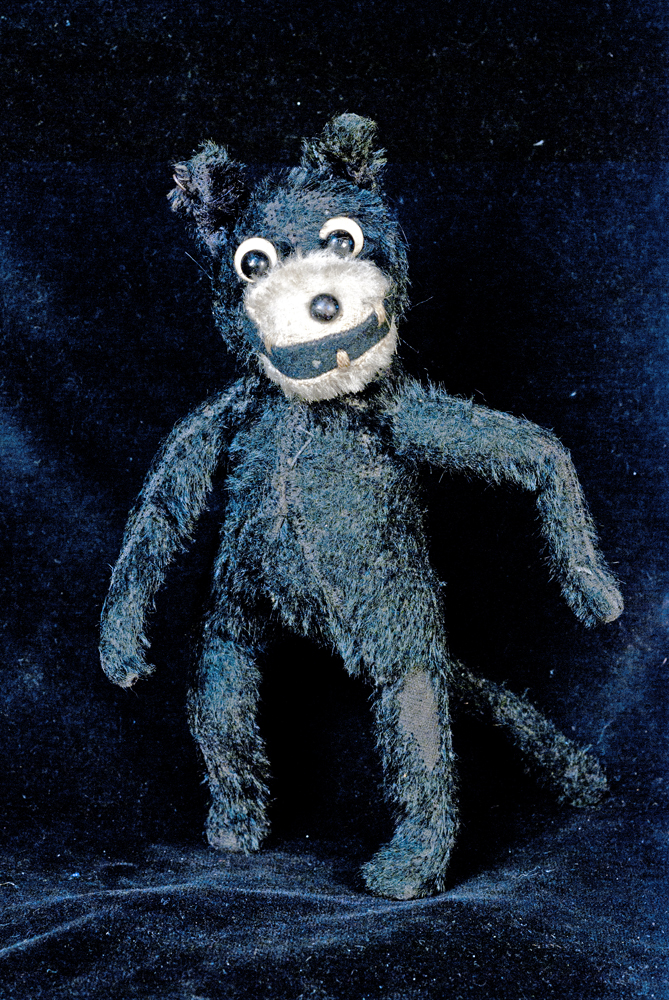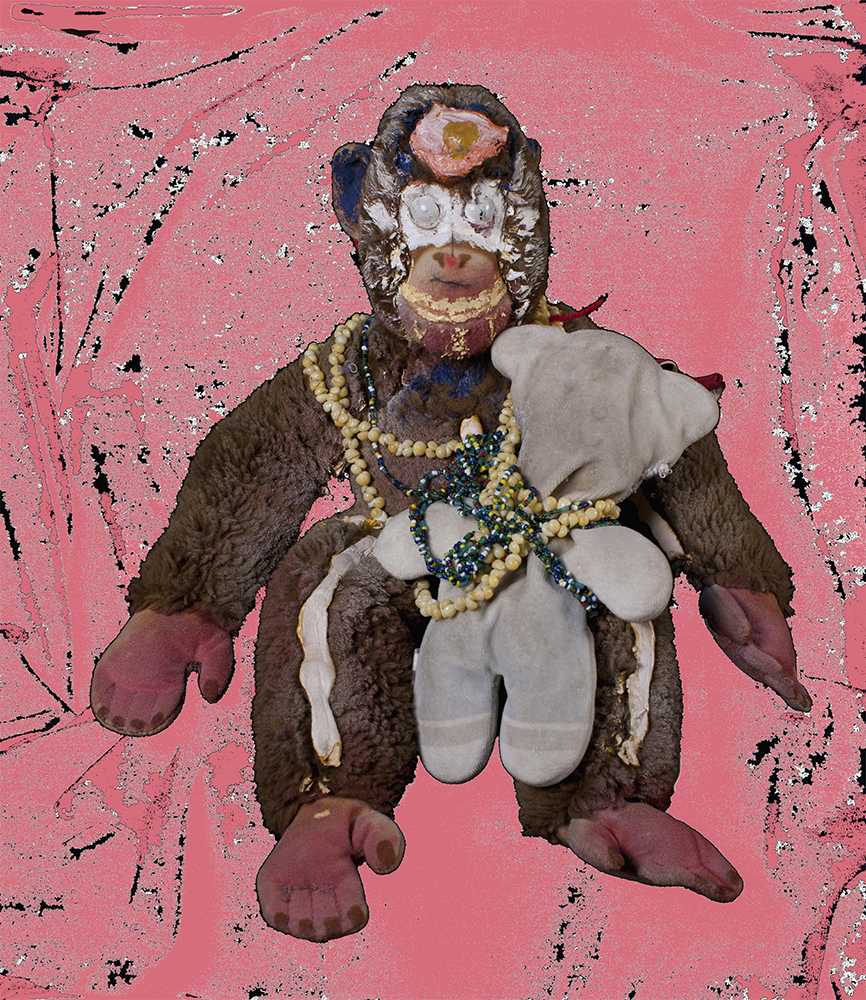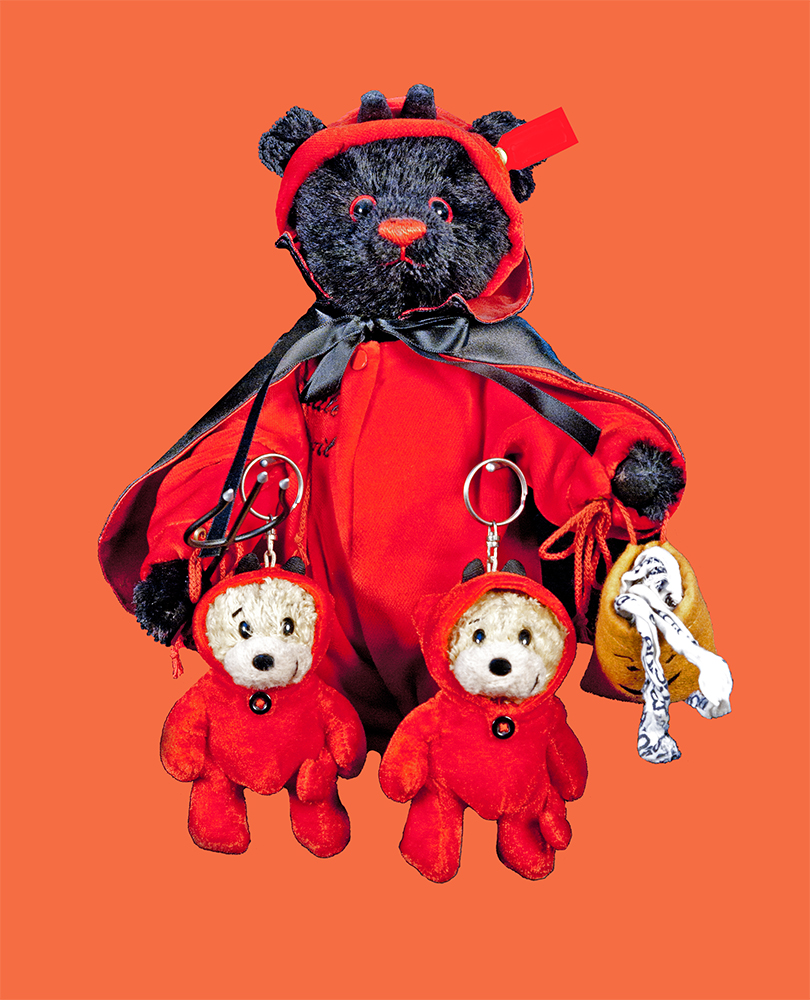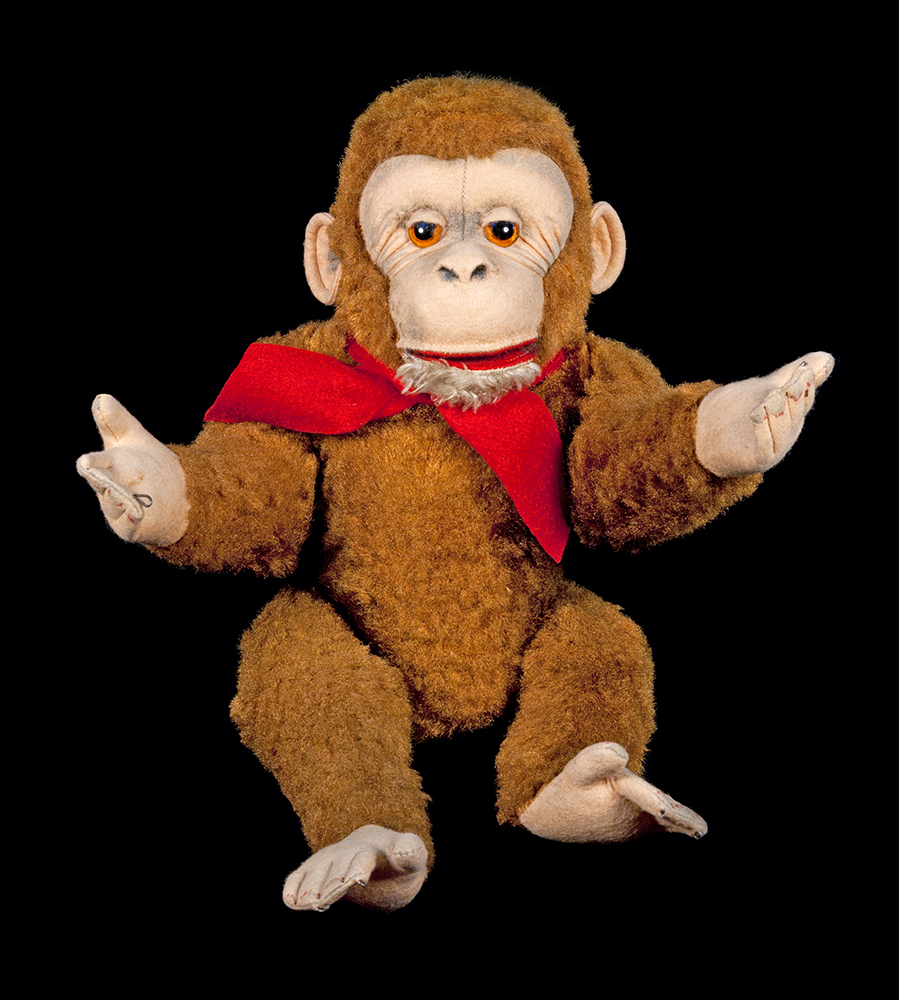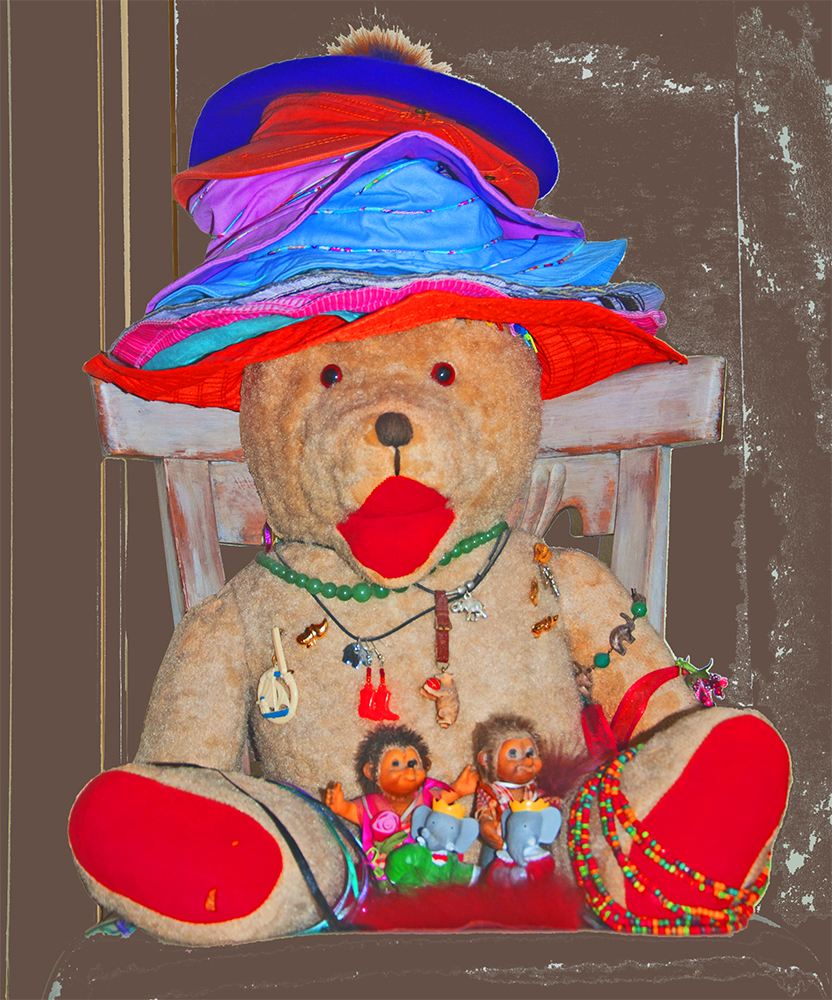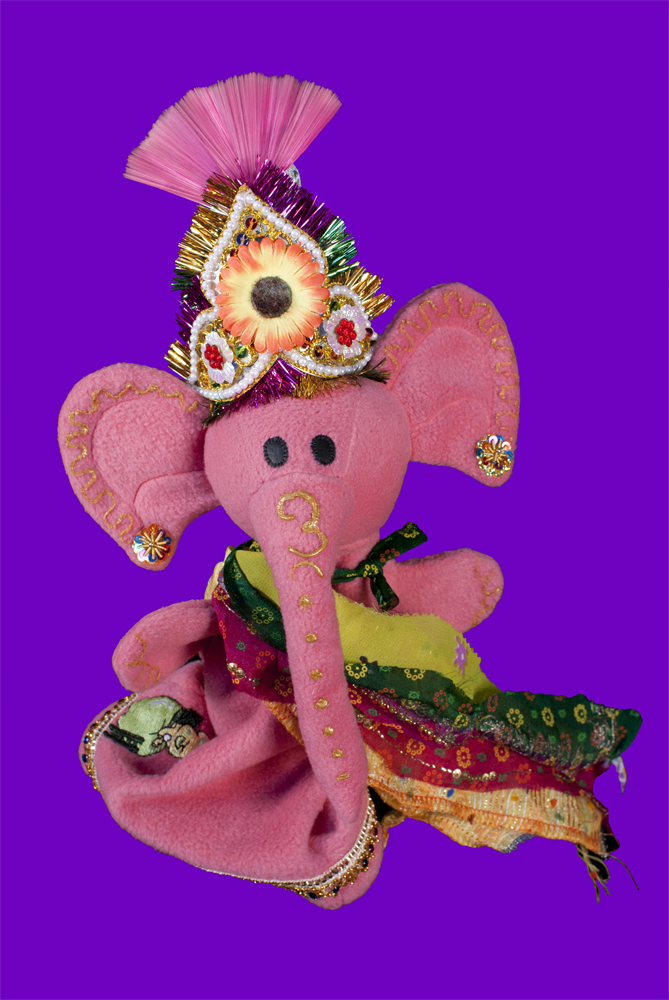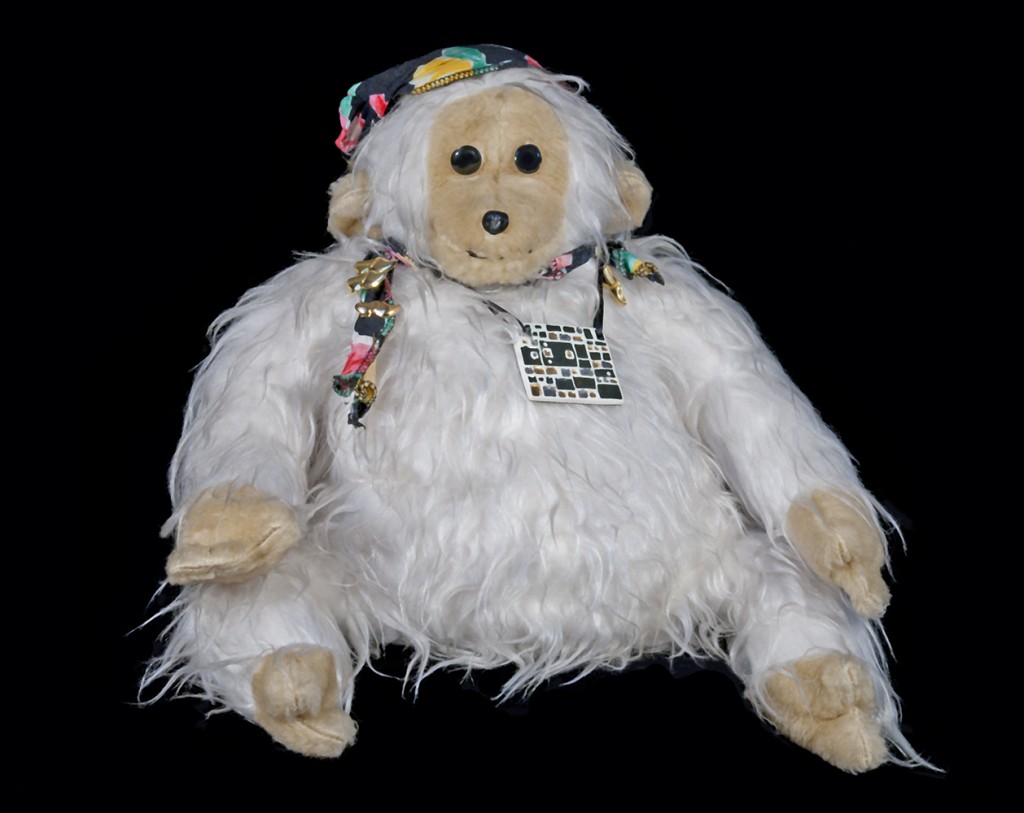Recent works include Kurt Schwitters, RAZOR, my Portrait of Joseph Beuys, and works from a collaboration with artist and musician Charlemagne Palestine.
Michael and Ute Berger suggested I develop a portrait of Joseph Beuys, who I first met at Rene Block Gallery in New York when he was exhibiting/performing his Tafeln piece in 1976. Beuys supported our student strike at Cooper Union in person and invited me to assist him in installing an exhibition in Basel in fall, 1976. I did so, and accompanied Beuys at documenta 6, conducting two interviews with him for my anti-catalog, Kunst Und Medien, Materialien zur documenta 6. In those days documenta was spelled without a capital d. I also experienced his 100 days of Der freie Universität at that documenta and Beuys sponsored me to be a member of the Internationaler Künstlergremium in Berlin in 1978. I guess he didn’t want to attend!
In 2012 I wrote to Eva Beuys regarding my wish to make a portrait of her late husband using his DNA. She felt she had no right to offer me any material thing that may have contained his DNA, as he was no longer with us to agree to my request. Nevertheless, she wished me and my project well. LCG Genomics, Berlin was able to isolate and sequence Beuys’ DNA from fat from his fingertips on various pieces and private postcards he signed, and from saliva samples derived from stamps he licked. I was able to include his specific DNA as a kind of forensic ready-made in subsequent images including Portrait of Joseph Beuys, Beuys Bienen, and BeuysBlutwurstBlau.
Kurt Schwitters visited the home and the famous garden of Wiesbaden collector Heinrich Kirchhoff and met his daughter Maria. He later asked for her hand in marriage and sent letters to the Kirchhoffs in 1928. The family, with a good sense of artists at the time, having supported Alexi Jawlenski for many years and having built a substantial collection that became the basis of the collection of the Museum Wiesbaden, refused. Maria Binsack’s daughter Ute Berger suggested I try to isolate some DNA from the stamps on Schwitters’ letters and make a piece about Schwitters, always one of my favorite artists. After many attempts, no human DNA was found in or on these letters. Perhaps he used a postal sponge to moisten his stamps and envelopes.
I then approached the Kurt Schwitters Archive at the Sprengel Museum, Hannover. After some discussion, and with the permission of lone family survivor Bengst Schwitters, I was able to rent two envelopes from the 1950’s that contained letters that Schwitters wrote. His DNA was isolated and sequenced by LGC Genomics and became the basis of an Hommage project I have yet to realize, and a first “Portrait”, Razor, 2014.
The Hommage project is titled Frommage a Schwitters and will be performed at atelierFrankfurt in fall, 2014.
Divinities is a collaboration with American minimalist composer, performer, and visual artist Charlemagne Palestine. Charlemagne imbues stuffed animals with spiritual values and often plays music to them that he composes during his live performances. Kevin Clarke made photographic portraits of the Divinities in an attempt to bring out their inherent spirit.

